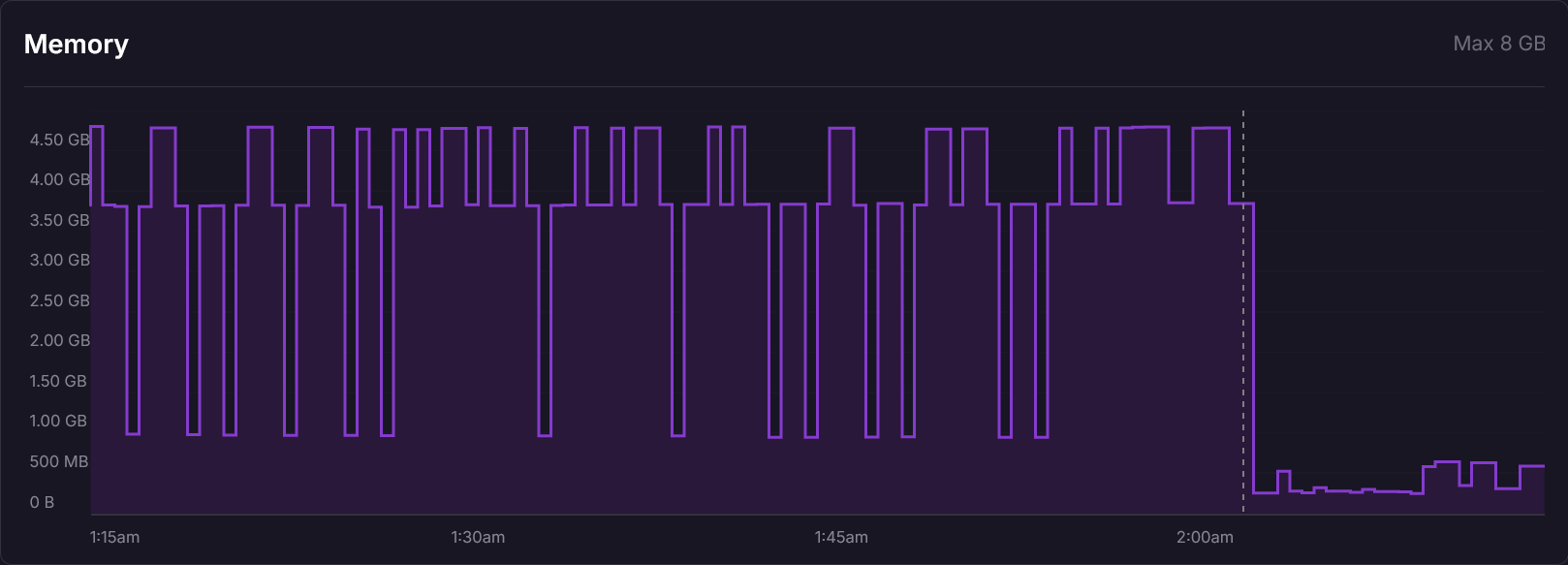한국어(대한민국) (Korean (South Korea)): Optique 0.3.0: 종속 옵션과 유연한 구성
日本語 (Japanese): Optique 0.3.0: 依存オプションと柔軟な構成
中文(台灣) (Chinese (Taiwan)): Optique 0.3.0:相依選項與靈活組合
中文(中国) (Chinese (China)): Optique 0.3.0:依赖选项和灵活组合
한국어 (Korean): Optique 0.3.0: 종속 옵션과 유연한 구성
We're releasing Optique 0.3.0 with several improvements that make building complex CLI applications more straightforward. This release focuses on expanding parser flexibility and improving the help system based on feedback from the community, particularly from the Fedify project's migration from Cliffy to Optique. Special thanks to @z9mb1 for her invaluable insights during this process.
What's new
Required Boolean flags with the new flag() parser for dependent options patterns
Flexible type defaults in withDefault() supporting union types for conditional CLI structures
Extended or() capacity now supporting up to 10 parsers (previously 5)
Enhanced merge() combinator that works with any object-producing parser, not just object()
Context-aware help using the new longestMatch() combinator
Version display support in both @optique/core and @optique/run
Structured output functions for consistent terminal formatting
Required Boolean flags with flag()
The new flag() parser creates Boolean flags that must be explicitly provided. While option() defaults to false when absent, flag() fails parsing entirely if not present. This subtle difference enables cleaner patterns for dependent options.
Consider a scenario where certain options only make sense when a mode is explicitly enabled:
import { flag, object, option, withDefault } from "@optique/core/parser";import { integer } from "@optique/core/valueparser";// Without the --advanced flag, these options aren't availableconst parser = withDefault( object({ advanced: flag("--advanced"), maxThreads: option("--threads", integer()), cacheSize: option("--cache-size", integer()) }), { advanced: false as const });// Usage:// myapp → { advanced: false }// myapp --advanced → Error: --threads and --cache-size required// myapp --advanced --threads 4 --cache-size 100 → Success
This pattern is particularly useful for confirmation flags (--yes-i-am-sure) or mode switches that fundamentally change how your CLI behaves.
Union types in withDefault()
Previously, withDefault() required the default value to match the parser's type exactly. Now it supports different types, creating union types that enable conditional CLI structures:
const conditionalParser = withDefault( object({ server: flag("-s", "--server"), port: option("-p", "--port", integer()), host: option("-h", "--host", string()) }), { server: false as const });// Result type is now a union:// | { server: false }// | { server: true, port: number, host: string }
This change makes it much easier to build CLIs where different flags enable different sets of options, without resorting to complex or() chains.
More flexible merge() combinator
The merge() combinator now accepts any parser that produces object-like values. Previously limited to object() parsers, it now works with withDefault(), map(), and other transformative parsers:
const transformedConfig = map( object({ host: option("--host", string()), port: option("--port", integer()) }), ({ host, port }) => ({ endpoint: `${host}:${port}` }));const conditionalFeatures = withDefault( object({ experimental: flag("--experimental"), debugLevel: option("--debug-level", integer()) }), { experimental: false as const });// Can now merge different parser typesconst appConfig = merge( transformedConfig, // map() result conditionalFeatures, // withDefault() parser object({ // traditional object() verbose: option("-v", "--verbose") }));
This improvement came from recognizing that many parsers ultimately produce objects, and artificially restricting merge() to only object() parsers was limiting composition patterns.
Context-aware help with longestMatch()
The new longestMatch() combinator selects the parser that consumes the most input tokens. This enables sophisticated help systems where command --help shows help for that specific command rather than global help:
const normalParser = object({ help: constant(false), command: or( command("list", listOptions), command("add", addOptions) )});const contextualHelp = object({ help: constant(true), commands: multiple(argument(string())), helpFlag: flag("--help")});const cli = longestMatch(normalParser, contextualHelp);// myapp --help → Shows global help// myapp list --help → Shows help for 'list' command// myapp add --help → Shows help for 'add' command
The run() functions in both @optique/core/facade and @optique/run now use this pattern automatically, so your CLI gets context-aware help without any additional configuration.
Version display support
Both @optique/core/facade and @optique/run now support version display through --version flags and version commands. See the runners documentation for details:
// @optique/run - simple APIrun(parser, { version: "1.0.0", // Adds --version flag help: "both"});// @optique/core/facade - detailed controlrun(parser, "myapp", args, { version: { mode: "both", // --version flag AND version command value: "1.0.0", onShow: process.exit }});
The API follows the same pattern as help configuration, keeping things consistent and predictable.
Structured output functions
The new output functions in @optique/run provide consistent terminal formatting with automatic capability detection. Learn more in the messages documentation:
import { print, printError, createPrinter } from "@optique/run";import { message } from "@optique/core/message";// Standard output with automatic formattingprint(message`Processing ${filename}...`);// Error output to stderr with optional exitprintError(message`File ${filename} not found`, { exitCode: 1 });// Custom printer for specific needsconst debugPrint = createPrinter({ stream: "stderr", colors: true, maxWidth: 80});debugPrint(message`Debug: ${details}`);
These functions automatically detect terminal capabilities and apply appropriate formatting, making your CLI output consistent across different environments.
Breaking changes
While we've tried to maintain backward compatibility, there are a few changes to be aware of:
The help option in @optique/run no longer accepts "none". Simply omit the option to disable help.
Custom parsers implementing getDocFragments() need to update their signature to use DocState<TState> instead of direct state values.
The object() parser now uses greedy parsing, attempting to consume all matching fields in one pass. This shouldn't affect most use cases but may change parsing order in complex scenarios.
Upgrading to 0.3.0
To upgrade to Optique 0.3.0, update both packages:
# Deno (JSR)deno add @optique/core@^0.3.0 @optique/run@^0.3.0# npmnpm update @optique/core @optique/run# pnpmpnpm update @optique/core @optique/run# Yarnyarn upgrade @optique/core @optique/run# Bunbun update @optique/core @optique/run
If you're only using the core package:
# Deno (JSR)deno add @optique/core@^0.3.0# npmnpm update @optique/core
Looking ahead
These improvements came from real-world usage and community feedback. We're particularly interested in hearing how the new dependent options patterns work for your use cases, and whether the context-aware help system meets your needs.
As always, you can find complete documentation at optique.dev and file issues or suggestions on GitHub.
Takahe has limited support for this type: See Original Article